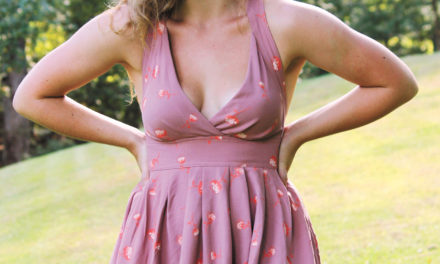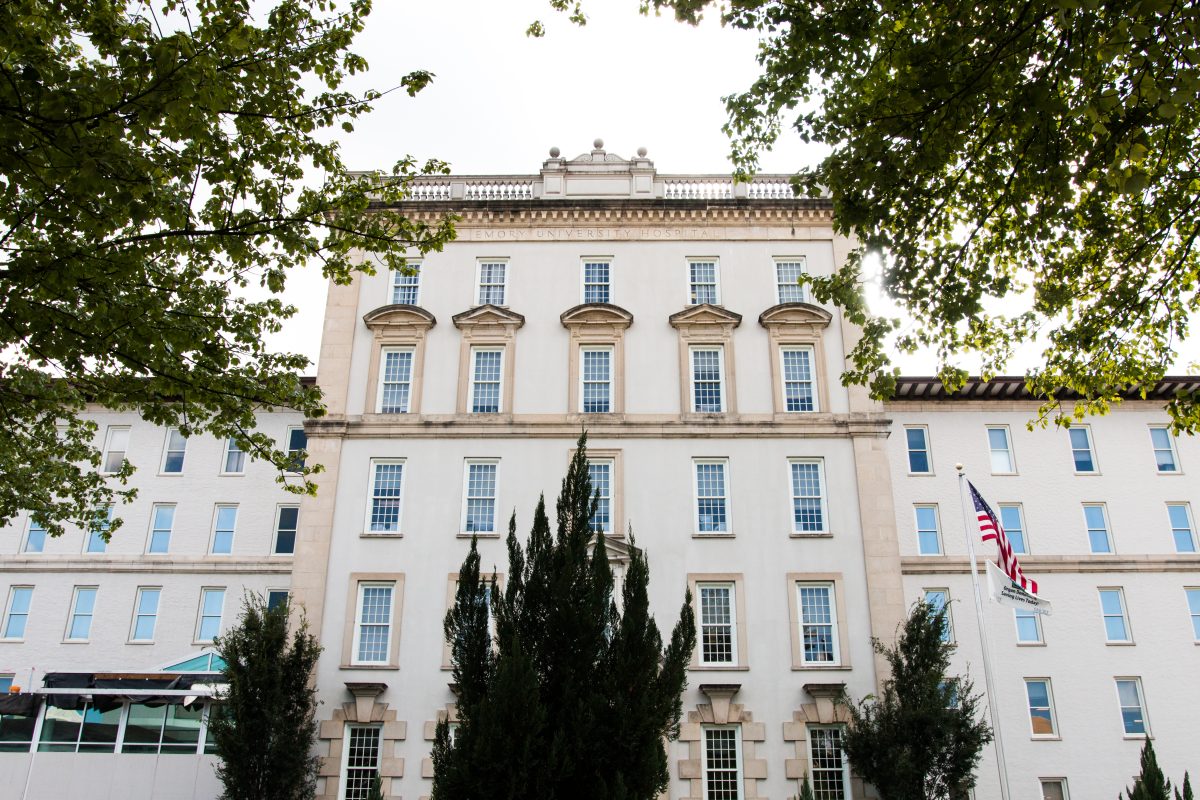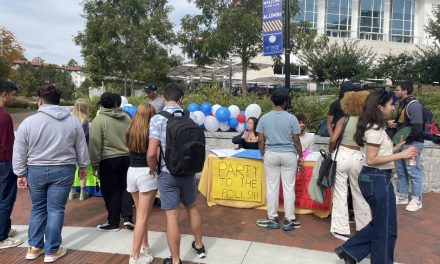The Dobbs University Center, known by most students as the DUC, is a hotbed for Emory activity. It’s also home to one of the most central and essential first-year watering holes: Dobbs Market. A tip: Dobbs Market, not unlike most other things located in the university center, is referred to simply as “the DUC.” Freshmen will consume much DUC food in their days thanks to their unlimited meal swipe plan. And although the DUC does have a variety of options, it can get repetitive, so it is important to broaden your horizons and try to diversify your meals. The building itself is home to many offices, including The Emory Wheel, on each of its five floors. Other important places in the DUC include Document Services and Mail Services (bottom floor), Dunkin Donuts, Eagle’s Landing and Coke Commons (main floor), Harland Cinema (second floor) and the Mary Gray Monroe Theatre (giant building within the building).
Woodruff Library is the main library for College students. Be sure not to call it just “Woodruff” when asking for directions, or you’ll be directed to the sophomore residence hall on Clifton Rd. with the same name. The library is open 24 hours on Sunday through Thursday and until midnight on Friday and Saturday. Floors one, two and three are open floors and can be quite loud during peak hours. Many of the stacks (floors four through eight) have quiet floors, as does Matheson Reading Room, located on the third floor. Be sure to check out Jazzman’s Café on the first floor, perfect for a mid-studying coffee. Other important locations in the library include the Music and Media Library on the fourth floor and the Manuscripts, Archives and Rare Book Library (MARBL) on the 10th floor. It is a great place to spend an all-nighter, but freshmen beware: you stand almost no chance of finding a good spot to study during finals.
The Woodruff Physical Education Center, know as the WoodPEC, is the place to go for all things workout-related. Much like the library, avoid calling the gym “Woodruff” or your friend will be meeting you in a completely different location. Simply put, the WoodPEC is the Emory gym. It has basketball/volleyball courts, a pool, tracks, dance studios, a rock climbing area, classrooms and a student workout center with cardio machines, weights and other courts. If you’re enrolled in Health 100, be sure to know where the WoodPEC is, since you’re going to have to show up there periodically to make a fool of yourself doing Zumba at 9 a.m. Be sure to take advantage of all of the great resources and classes available. Exercise gives you endorphins. Endorphins make you happy.
That little roundabout between the DUC and Cox has a name: Asbury Circle. Sound familiar? That’s because it’s in your Emory address. But your packages don’t get delivered to the cul-de-sac. Asbury Circle, one of the most central campus locations, is home to many exciting events. The Emory Farmer’s Market, which features fresh and local food options, extends from the Cox Bridge to Asbury circle every Tuesday. Wonderful Wednesday occurs there each (you guessed it!) Wednesday. Each week, the event is sponsored by a different campus organization, and booths are scattered around offering information and goodies. Other events are also held periodically on Asbury Circle, and many of them involve free food. Most importantly, there was a real live camel at iFest last year. What else could you really want?
Zaya (officially called Zaya at Dooley’s Den at the Depot) is easily the most important spot to know on campus. It has delicious Mediterranean dishes and is always open late. It also sells ice cream by the pint. Use it to eat your way through whichever college-related crisis you happen to be dealing with. Your friends might not always be there for you, but Zaya will.
The Emory Wheel was founded in 1919 and is currently the only independent, student-run newspaper of Emory University. The Wheel publishes weekly on Wednesdays during the academic year, except during University holidays and scheduled publication intermissions.
The Wheel is financially and editorially independent from the University. All of its content is generated by the Wheel’s more than 100 student staff members and contributing writers, and its printing costs are covered by profits from self-generated advertising sales.





